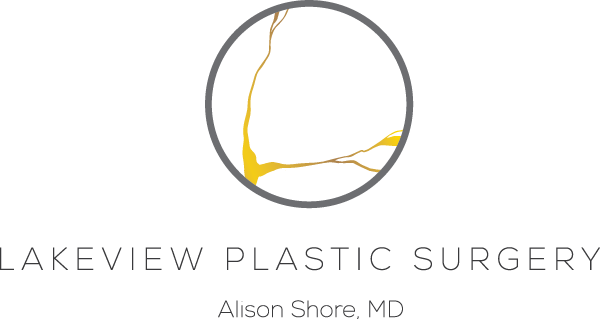Breast augmentation is one of the most commonly performed aesthetic procedures in the United States, and for good reason. In the right patient, it is a safe procedure that delights women of all ages, with long-lasting results.
Affirming breast augmentation helps transfeminine people achieve breast fullness and shape that enhances their femininity. As everyone’s aesthetic goals are different, no one implant shape, type or size fits all. Instead, each person’s surgery is uniquely designed.
Before surgery, we discuss goals, including preferences for implant shape, size, firmness, and position. During surgery, through a small incision usually tucked underneath the breast, Dr. Shore creates a precisely-shaped pocket behind the patient’s breast tissue, and into this pocket goes the brand new implant. The incision is closed with dissolvable sutures, a supportive bra is placed, and the patient is awakened. The surgery takes about an hour, from start to finish.
Before surgery, several decisions will be made during discussion with your surgeon.
• Implant Fill (saline or silicone)
• Size and Shape of Implants
• Placement of Implants Over or Under the Muscle
• Scar Shape and Location
Breast augmentation is an outpatient procedure. Local anesthetics are used during surgery to minimize the need for pain medication afterwards. Drains are rarely used. A stabilizing bra is placed before awakening, and you will wear this for several weeks, day and night, after surgery as your tissues heal around the implants. Arm movements are initially limited to light, slow movements below the shoulders. Return to desk work can happen after about one week, and full return to all exercise happens at six weeks. Low impact cardio, such as walking, is encouraged the day after surgery.
It is important to ensure regular check-ups of your breasts and implants after having an augmentation. Check-ins with your plastic surgeon every 1-2 years after surgery is recommended, and on an as needed basis should changes in the feel or shape of your implants occur.
If you are of an age and hormonal status where screening mammograms are needed, you can and should continue to have these tests done as recommended. Mammograms and breast imaging can be done around breast implants, and remain a vital part of screening to detect and prevent breast cancer.
Breast implants do not cause breast cancer, and when placed properly, do not interfere with the ability to detect breast cancer.
Breast health screening according to recommended guidelines should always be followed. If appropriate, Dr. Shore will review or order the correct screening test (usually a mammogram) before surgery. Breast reduction will not interfere with the ability to safely obtain mammograms in the future.


